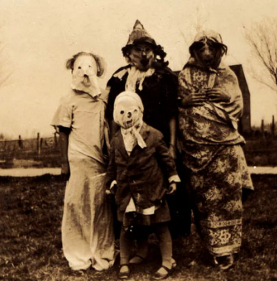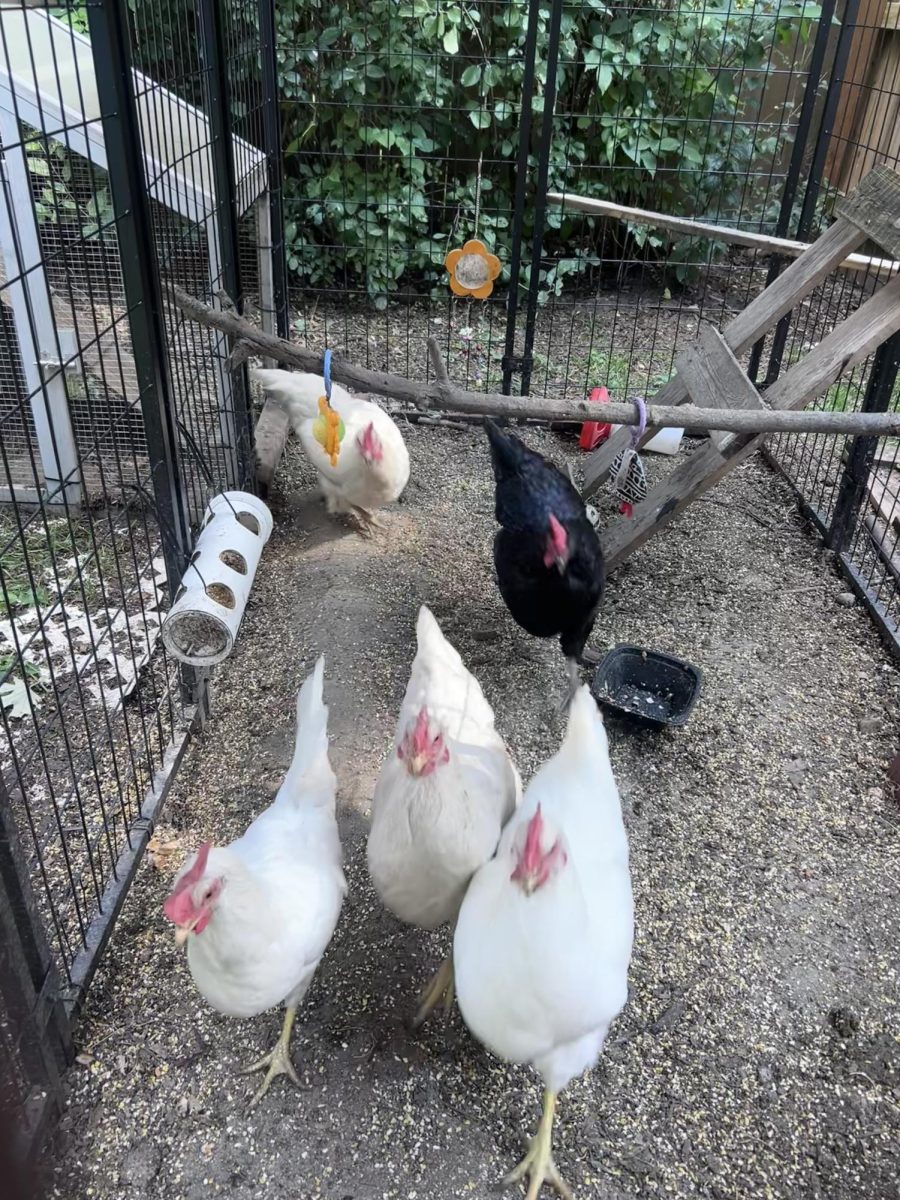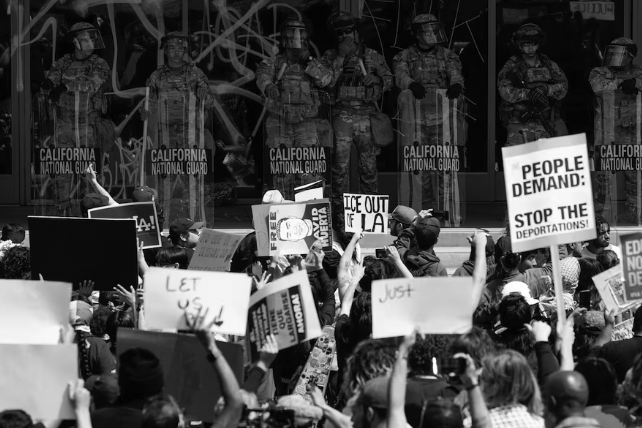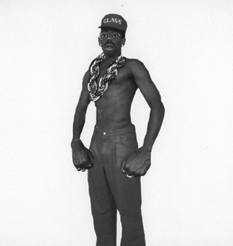An age of rebirth and true essence.
The Harlem Renaissance was a time rich in passion, creativity and culture that reformed literature as we know it. Embracing humanism and reconceptualizing the negative view of African-Americans during this time, innovative writers such as Zora Neale Hurston, W.E.B Dubois, Claude Mckay and a cherished favorite Langston Hughes all played parts in signifying cultural identity and giving their community a safe space to create their art in their own way.
But this moment in time was not left behind.
The Renaissance was a movement, a flourishment that inspired many after its time. Building inclusivity and values of freedom writers, poets and activists from all walks of life continue to inspire us today.
Modern novels such as “What was African American Literature” by Kenneth Warren and “To Make Negro Literature” by Elizabeth McHenry both highlight the significance and influence that the movement created.
Controlling the narrative of African-American stories, writers like Hurston displayed a different approach to love in her classic, “Their Eyes Were Watching God.” Hurston does not go out of her way to sugarcoat the unique experience of African-American culture and most of it is deeply imbedded with traumatic experiences changing many African-Americans’ approach to love and questioning of self-fulfillment.
A great example of continuing this conversation years later with literature is Toni Morrison’s “Beloved.” This story is deeply rooted in how the past truly affects us even after many generations. It also makes the relation of how love cannot be measured but we only accept the love we believe we deserve.
Their expression of life and culture through written bodies of work serves as a template of passion and prosperity of self-identity for the views of ethnic majorities.
Another great example is Langton Hughes’s “The Negro Artist and the Racial Mountain.”Hughes focuses on why young artists go toward conformity and appeal to the white gaze and not display their own creativity and authentic selves. Also, Hughes’s “Harlem” poem of 1951 inspired Lorraine Hansberry’s Broadway play “A Raisin in the Sun.” The play initially is about a black family overcoming poverty, racism and unfulfilled dreams. These bodies of work explore the topic of how challenging obtaining the “American Dream” can be for African Americans.
Furthermore, the Renaissance was not limited to only Harlem. African-American Literature has caused the flourishment and connection of people all over the country. Writers such as Richard Wright, Dorothy West and E. Franklin Frazier are all examples of writers and poets who contributed parts of literature to the movement but weren’t present in Harlem.
Overall the literary figures during the Harlem Renaissance changed the way we process and make stories for generations to come and helped us explore the wide variety there is in literature.








